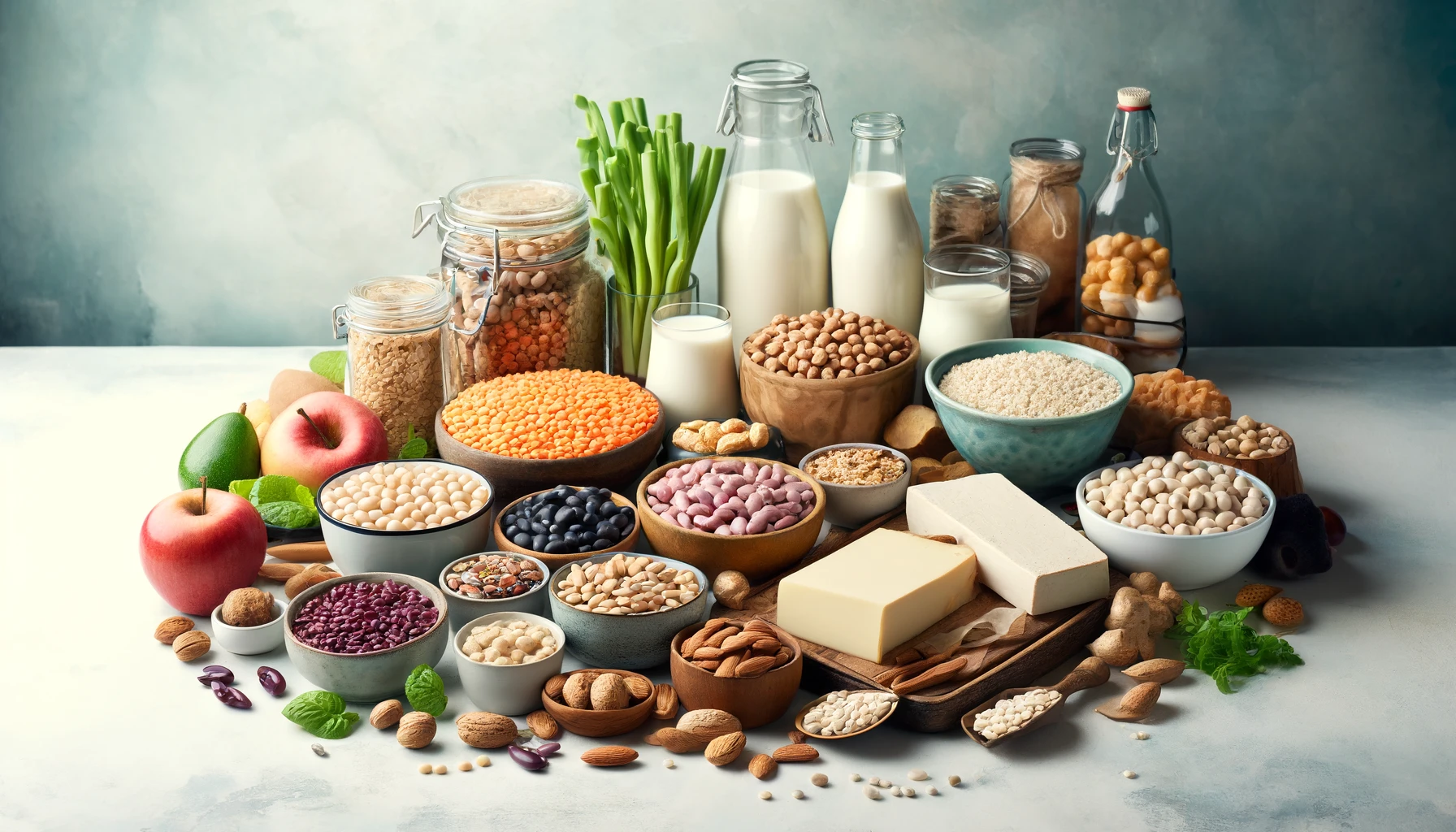Introduction When we talk about healthy eating, we often overlook a fundamental question: What does our food eat? The diet of the animals and plants we consume directly influences their nutritional value and, by extension, our health.
Understanding Food Sources The phrase “you are what you eat” extends beyond humans to the food we consume. For instance, consider the fish you eat. We often consume fish thinking it’s rich in Omega-3 fatty acids, which is typically true for wild fish that eat other fish. However, farm-raised fish often have a diet consisting primarily of corn, which is neither natural nor nutritious for them but is used because it’s an inexpensive fattening agent. This practice significantly diminishes the nutritional benefits we expect from our fish.
The Impact of Modern Farming Practices Modern commercial farming practices have altered not just the quality of the products but also the nutritional profiles of the animals and plants. For example, dairy cows historically grazed on grass, producing milk rich in various nutrients. Today, many dairy cows are fed a diet spiked with antibiotics and hormones to increase milk production, which can alter the quality of the milk.
The Importance of Organic and Natural Diets Eating food that has been grown or raised on organic, natural diets is crucial for receiving the full health benefits that food offers. This includes choosing wild-caught fish, grass-fed beef, free-range eggs, and organic vegetables. Such choices can significantly impact your health, enhancing the nutritional benefits of your diet.
Practical Tips for Making Healthier Food Choices
- Choose Wild-Caught Fish: They are more likely to have a natural diet, making them richer in Omega-3 fatty acids.
- Opt for Grass-Fed Beef: This beef is not only better in quality but also higher in certain nutrients like Omega-3s.
- Buy Free-Range Eggs: Chickens that roam free consume a more natural diet, which improves the quality of their eggs.
- Select Organic Vegetables: These are grown without harmful pesticides and are generally more nutrient-dense.
- Investigate Your Food Sources: Knowing where and how your food is produced can help you make healthier choices.
Conclusion Understanding what our food eats helps us make informed decisions about our diet. By choosing foods that are as close to their natural state as possible, we not only enjoy richer flavors but also maximize our diet’s nutritional potential. Next time you shop, take a moment to consider the true source of your food.





